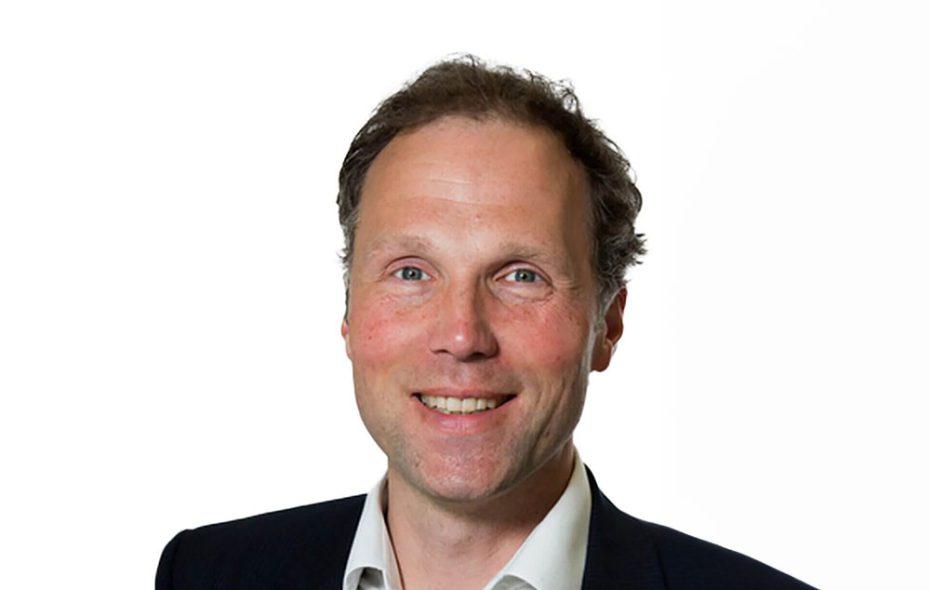
Oliver Sexton, MSc, is Midven’s investment director and manager of UK Innovation & Science Seed Fund’s engineering biology investments. Before he joined in 2014, Oliver managed commercialisation of bioengineering and medical technologies at Imperial Innovations, held commercial and partnering roles at Ark Therapeutics and managed a team of biotech buy-side analysts.
I have always been interested in how to turn science ideas into applications, ever since my PhD research trying to engineer organisms to clean up contaminated sites. Subsequently, I’ve always worked in life sciences -- my first job was helping pharma with key strategy challenges and working at Ark Therapeutics, which showed me first hand the rewarding nature and the pitfalls of commercialising science in pharma and biotech. Working at Imperial Innovations took me into even earlier stage technology and investments.
I joined in April 2014 and I focus on engineering biology. Working at Midven has given me the opportunity to work with inventors and early-stage companies in healthcare, clean tech, industrial biotech and food security and help them to move from idea to application. The scope of engineering biology is truly vast and reaches into many industries. It is an exciting fund to invest from.
We can fund high-risk projects, but they have to be big ideas, using cutting-edge technology, that can really make a difference. To find this, I have two key questions that I ask:
The first question, the ‘why’ question, is crucial to understand the scale of the problem is that needs to be tackled (and therefore what the market will be for the solution in development), and why solving the problem will make a difference. The ‘how’ digs deep into the technology. As an early investor there may be relatively limited technical evidence so we need to really understand the rationale and work with the founders to explore the technology and its applications. What can be intriguing is how companies may focus on the ‘why’ but some scientists are naturally more focused on the ‘how’. Translating the latter into the former is a major step in seed investment.
A key role for our investments is to help with the ‘why’. We can invest in a great idea and work with the innovator to improve technology. If the ‘why’ and ‘how’ are there but the management team isn’t there, we can again provide support, for example by working with the board, and taking a hands on approach. It is most difficult if there is a ‘how’ – an interesting technology – but no ‘why’. Sometimes this means the investment is too early, other times that fundamentally the market and the problem the technology is targeting is an unattractive investment.
Synthace is a very exciting company. They came to us with a compelling ‘why’’ the need to need to improve experimental efficiency in biology, and their new approach is Antha, a high-level language and operating system for biology that connects and automates a very wide range of equipment and operations. Antha uses AI and rational design to allow a ‘ground up re-imagining of how we work with biology’. By making the process of biological experimentation more akin to engineering, it improves reproducibility and traceability, allowing scientists to carry out many more experiments in the same time period. By increasing experimental capability it can produce far more compelling experimental results. Synthace originally set out a very ambitious programme and working with RSF they are now demonstrating the benefits of Antha and have major pharma as users.
Synthetic biology is an innovative landscape, which is driven largely by innovations from small companies and universities. Sometimes the technology is part of an overall process but often it is developing truly innovative products. The former are more often developed in house by large corporates but the innovation attracts investment from RSF and often other funds that are attracted to the major markets the technology opens up. Think of syn bio as a technology that underpins drug development and manufacture, industrial biotech and green fuels and you can sense the opportunity.
I would like to see innovators focusing on the bigger challenges, rather than the details. To that end UK Innovation & Science Seed Fund has launched the Bio-start competition, in collaboration with SynbiCITE, to support UK companies and innovators that are using engineering biology to solve significant global problems. The winner of Bio-start, a not-for-profit contest, will get £100,000, along with £100,000-worth of laboratory space, a ten-week accelerator programme with mentorship, consumables and professional services.